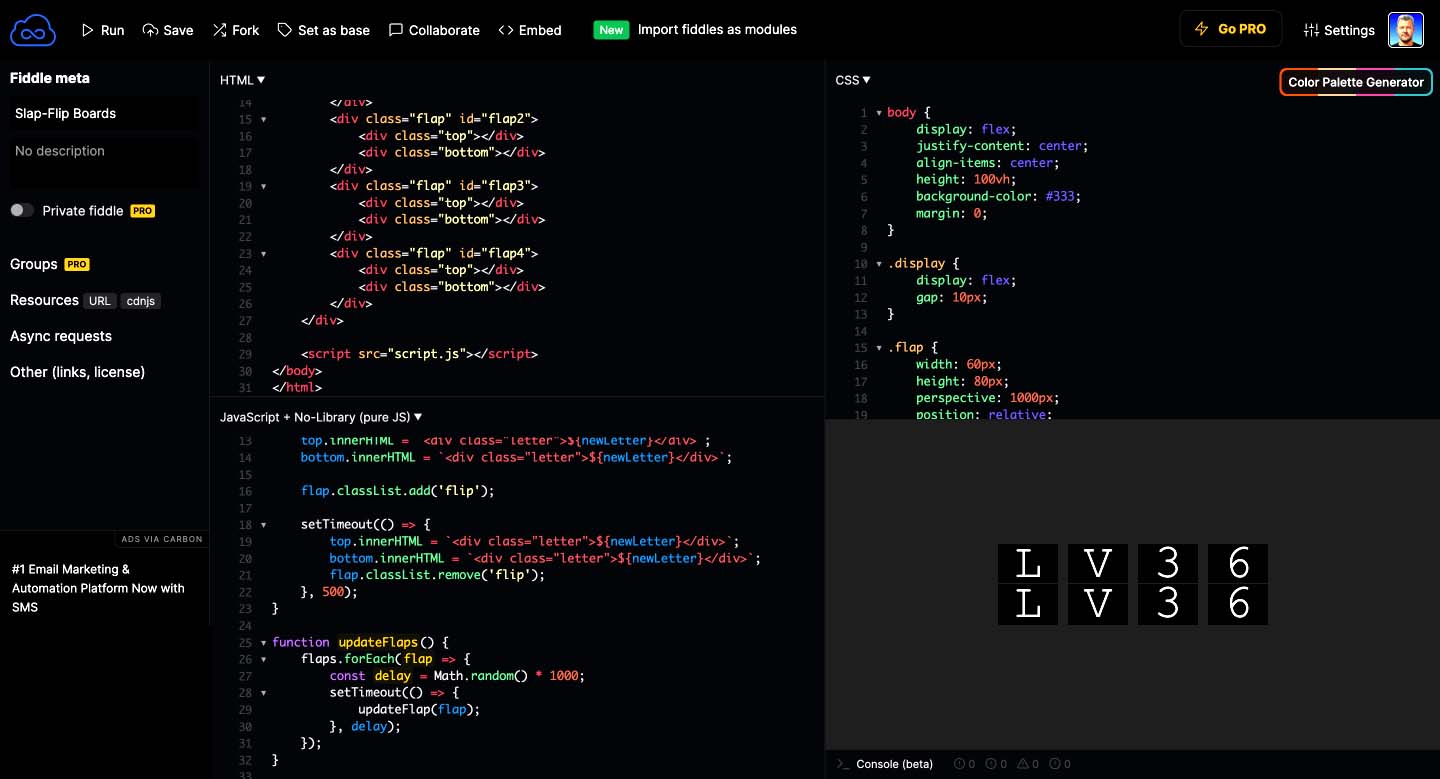As an experienced UX and UI designer, incorporating AI into my workflow was a no-brainer, and it has transformed how I approach design and development. With AI, I can precisely frame my visual and functional requirements, allowing me to identify potential design and engineering issues before presenting them to developers—this is a far more efficient use of our limited time budgets. I'll use a tool like jsfidde.net to test an early idea and explore basic feasibility. This proactive approach significantly improves the efficiency of my work.
AI tools enable me to create detailed prototypes and simulations, helping me visualize end products more accurately. This capability allows me to explore and refine ideas extensively, pushing the boundaries of creativity and functionality. When I collaborate with developers, I have a well-defined vision that minimizes misunderstandings and maximizes productivity. I can also share my sandbox, where I play with ideas.
AI-driven design tools streamline the iteration process. I can quickly test different design elements and functionalities, receiving immediate feedback that guides my decisions. This iterative approach ensures I address potential issues early, leading to a smoother development process and a more polished final product.
This AI-driven design transformation is helping me reach the right solutions far faster.
Real-World Application: Designing a Digital Split-Flap Display
One real-world example of how I use AI in my design process is creating a digital split-flap display similar to those seen in European train stations. I have a clear visual concept and understand the functional requirements. However, determining the most efficient coding approach is beyond my expertise, as my primary focus is design. Nevertheless, my programming background, having coded since I was 14, allows me to bridge the gap between design and development effectively. I can ask AI to fulfill specific requirements, and it can provide solutions for me to try. I continue to iterate as I find my way to a solution, but as mentioned, far faster than before.
Integrating Voice Synthesis for a Radio Noir Project
Installing an open-source language model on my laptop, I'm also venturing into a radio noir side project for fun. This model will synthesize my voice to read raw text into MP3 files, adding a unique and personal touch to my project. Utilizing AI for voice synthesis on my laptop allows me to avoid costs from online providers when I only want to dabble in it for learning and to see what I can do. Creatively, this approach allows for more dynamic and engaging storytelling, perfect for the immersive nature of radio noir.
Looking Ahead
I am excited to continue on these paths, eager to see where all this new learning takes me and where the AI and design industries are headed. Integrating AI in design and development opens up new possibilities.
Like so many times before, I am excited to be at the forefront of this evolution of technology.
---

No Comments.